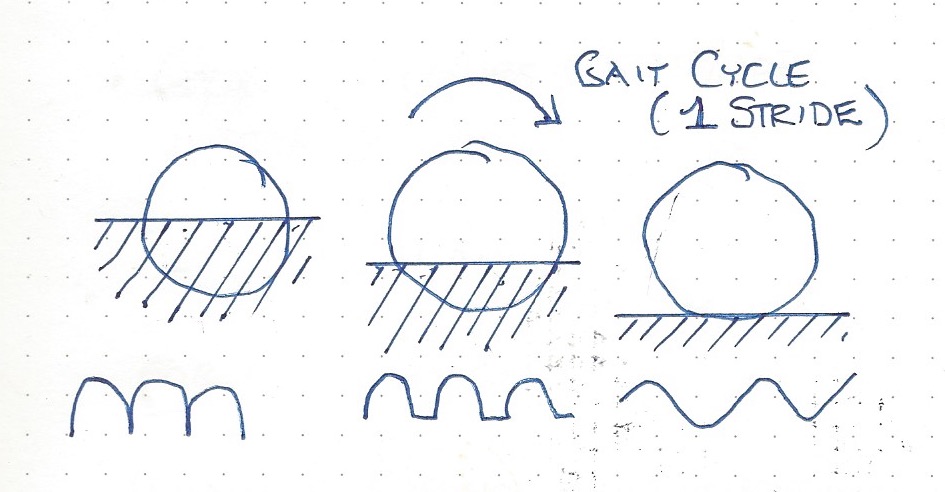Movement education is a cornerstone of many modalities for recovery from injury, holistic health, and fitness. Many if not most musculoskeletal issues correlate to abrasive stance and gait patterns that degrade nodes in our tensegrity matrix and inhibit the regeneration of our bodies. Training/retraining movement is crucial for addressing these issues.
A few example modalities are listed here:

- Physical Therapy
- Structural Integration
- Child Development
- Egoscue
- Pilates
- Dance
- Sports
These educators provide coaching to guide holistic body engagement within an action. An example is “Core Strength”, where the torso is supported not only by the spine and the back muscles but also by its entire musculoskeletal complex. It is proposed here that as more of the entirety of the body’s potential embraces an action, additional innate shock absorption, and mechanical energy management mechanisms, activate. The relative engagement of these mechanisms can be observed by evaluating characteristics of the accelerations implicit within any movement – how effectively the body manages its inertia within maneuvers.
Applying this correlation of musculoskeletal integration and shock management, information on movement acceleration characteristics has educational utility as feedback for clients/patients along their development or recovery path. These characteristics involve monitoring the instantaneous rate of change in acceleration(∆ Accel) while engaged in any action. Assessed against a threshold, it can be configured as a simple alert or can be embedded into more complex gait assessment mechanisms, such as the stride asymmetry app on the iPhone.
SMARTPHONE APP (iPhone)
A simple-to-use iPhone app is available to offer this information as dynamic, instantaneous feedback, triggered against a preset threshold.
It can be utilized within a session or offered as an aspect of a home program.
A free version of this feedback is offered here:
This app is a demonstrator of the utility of this feedback. As its utility is validated and more widely adopted, further refinement of the tool is anticipated.
There is a collection of posts in this blog relating to the characteristics of acceleration within animal locomotion. These can be perused here:
SPRIKE

